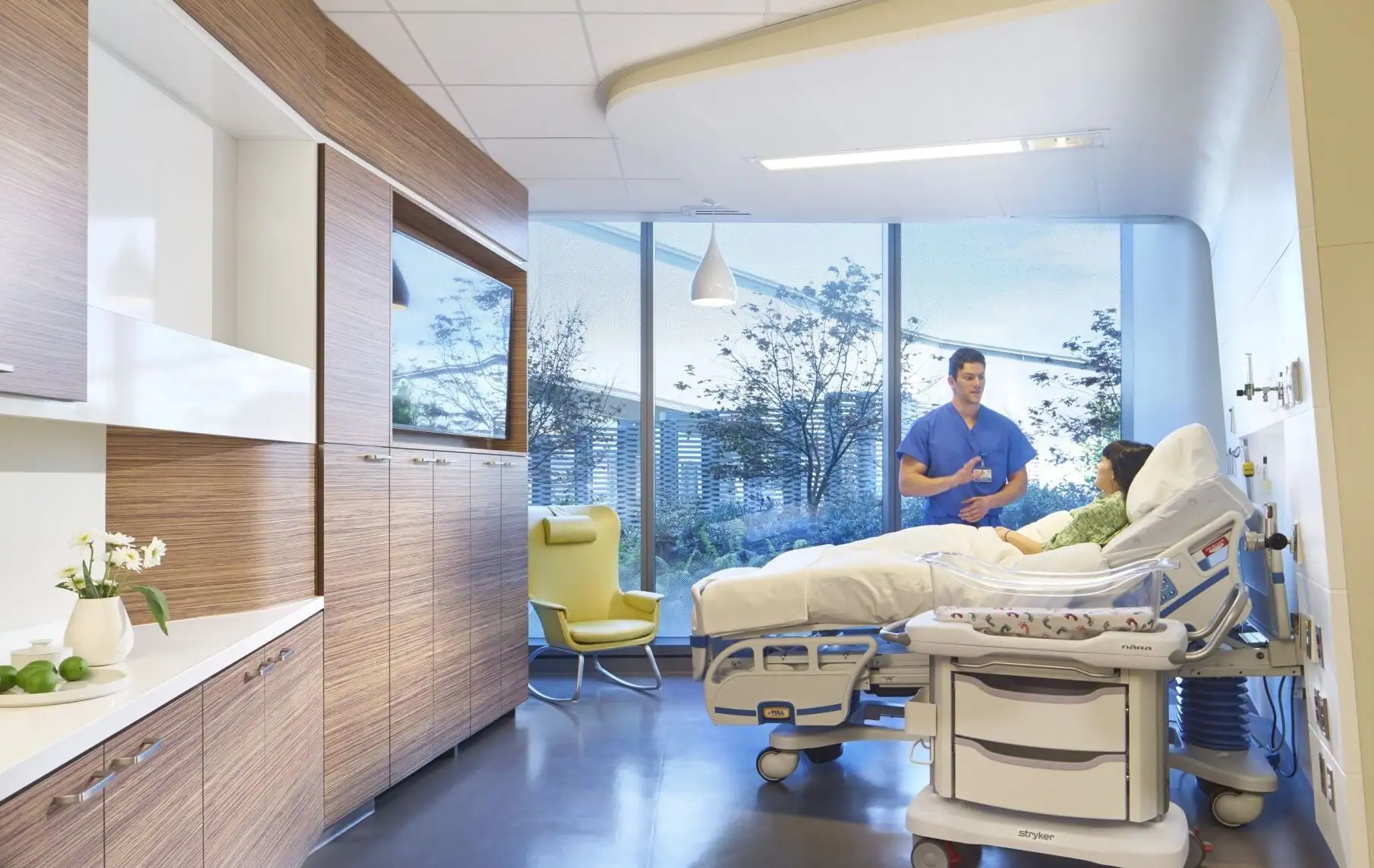
How researchers are using VR to combat COVID
Virtual reality (VR) lets researchers “look” at the 3D structure of COVID proteins.
Published:
Updated:
Related Articles
-

-

An opportunity to send your medical anxieties to a whole new level
-

The air ambulance industry is looking up
-
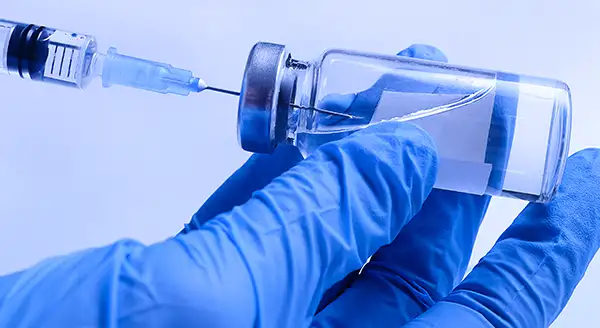
Eli Lilly cuts insulin costs — for real, this time
-
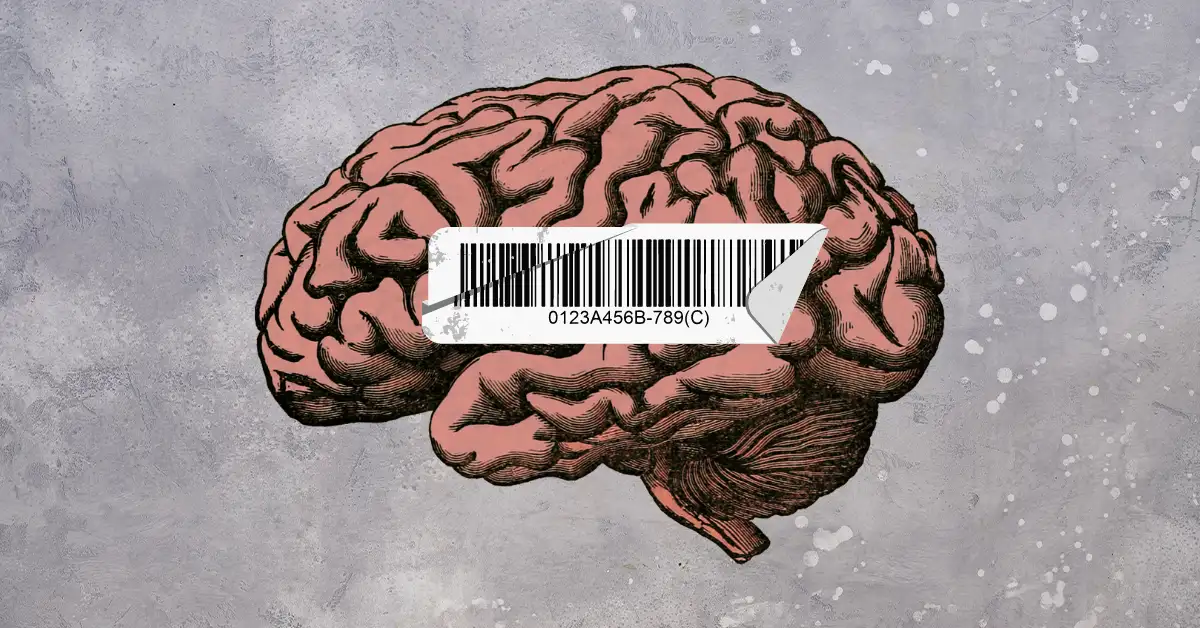
Your mental health data could be for sale
-

Why children’s meds are in short supply
-

Could the Adderall shortage impact the workplace?
-
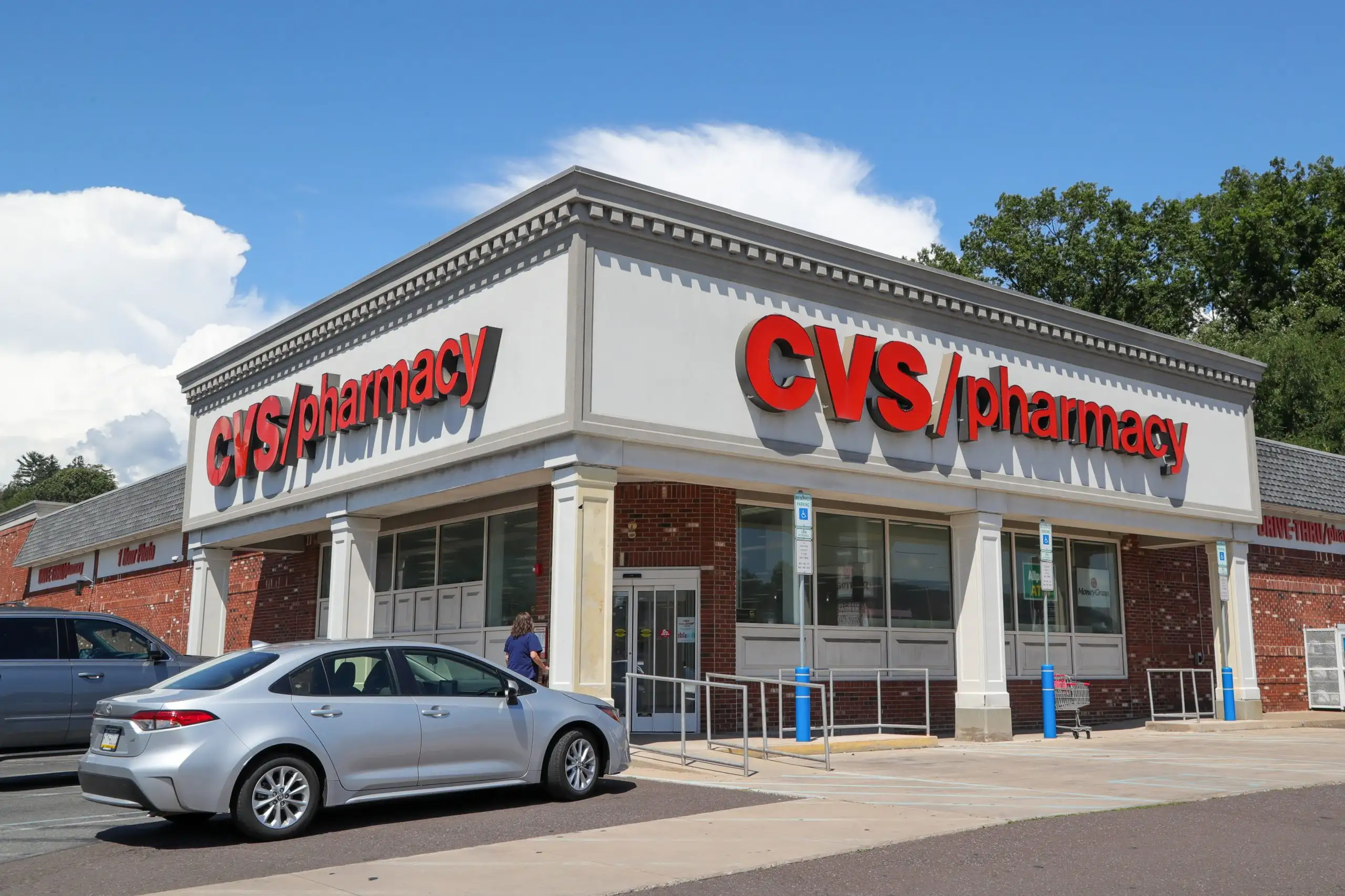
The next era of CVS is all about services
-

The nonprofit that buries medical debt
-
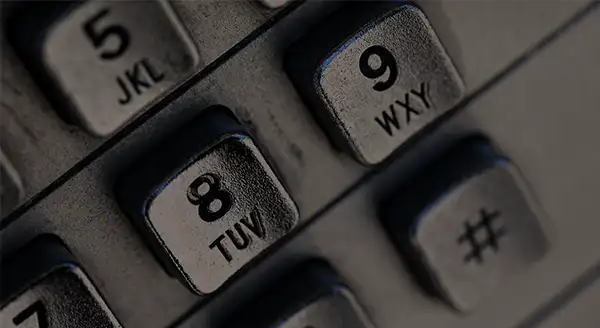
What’s up with 988?

